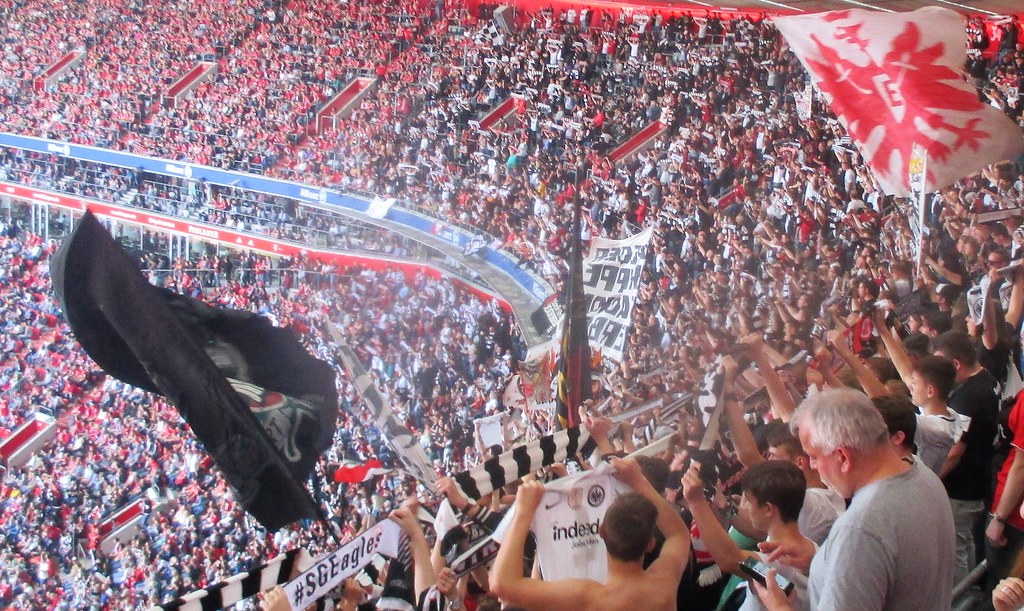The rise of football hooliganism in England during the 1980s was a pressing issue. So pressing that drew the attention of both the government and the general public. The behaviour of self-proclaimed “hooligans” at football matches had become increasingly violent. This, coupled with a series of high-profile incidents, resulted in a widespread belief that the problem had spiralled out of control. The unrest on the terraces during the 1980s had reached an alarming level. This led to a rise in concern for the safety and well-being of the general public. Along with the reputation of the sport itself.
The violent acts committed by football hooligans at matches not only put the lives of the fans at risk. But it also damaged the reputation of the sport and the country as a whole.
Government Response
The government of the time responded to the crisis by introducing a range of measures to try and combat hooliganism. One of the most significant of these was the Football Spectators Act of 1989. This gave the police the power to ban known hooligans from attending matches. This legislation also introduced the requirement for ID cards to be shown at matches. And as a result, it made it a criminal offence to sell tickets to known hooligans.
In addition to these legal measures, the government also set up the National Football Intelligence Unit (NFIU). It was created to gather intelligence on hooligans and coordinate the efforts of the police and other agencies in dealing with the problem. The NFIU was given access to databases of known hooligans and worked closely with the police to identify potential troublemakers. All with the aim to prevent them from causing problems at matches.
Investing in Better Facilities
The government also sought to address the root causes of football hooliganism by investing in better facilities for fans. Along with working with football clubs to improve the matchday experience. This included the construction of all-seater stadia and improvements to crowd management.
However, despite the efforts of the government and the police, football hooliganism continued to be a significant problem throughout the decade. The Heysel Stadium disaster of 1985, in which 39 Juventus fans died, and the Hillsborough disaster of 1989, in which 97 Liverpool fans died, were tragic events that serve as a grim reminder of the dangers of hooliganism.
A Major Concern
In conclusion, the rise of football hooliganism in the 1980s was a major concern for the government and the public, prompting a range of measures to try and combat it.
While the efforts to address the root causes of football hooliganism and prevent known hooligans from attending matches had some successes, the disasters at Heysel and Hillsborough served as tragic reminders of the dangers of football hooliganism. As a result, they underscored the need for ongoing efforts to combat this problem.
This post may contain affiliate links which means I may receive a commission for any purchases made through these links. Learn more on our Privacy Policy page.
Stuart Furniss
Lifelong Liverpool fan born and bred in a small town in Hampshire, England now living in sunny Los Angeles.
Original owner, editor and site administrator for the award-winning website The 4th Official.
Related Posts
Iconic Moments in 1970s Football
Dive into the golden era with legendary footballers of the 1970s. Explore…
The Black v White Match
After 11 years in the first team and about 15 years, after he moved down from…
Two Matches In One Day
In today's game could you imagine asking a professional footballer to play two…




